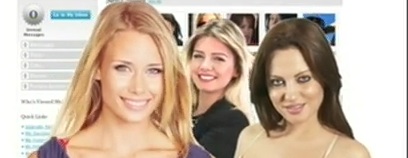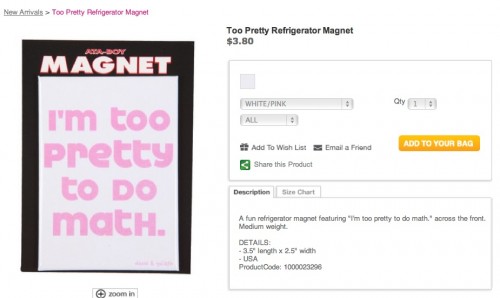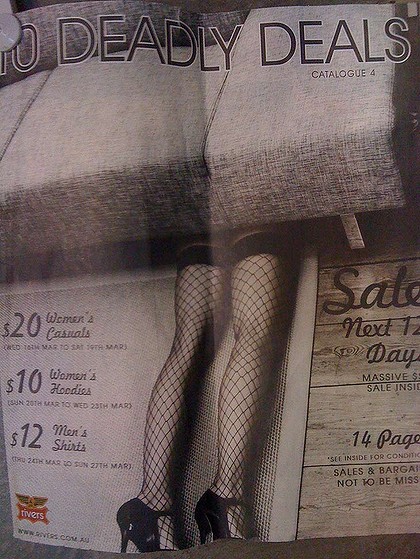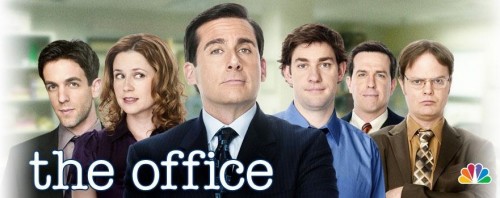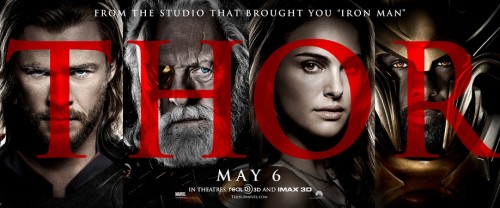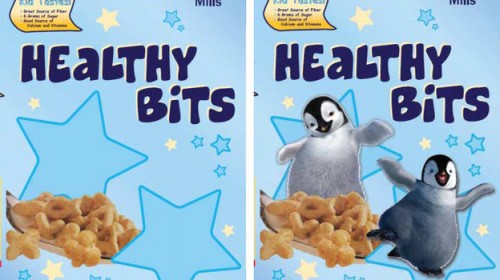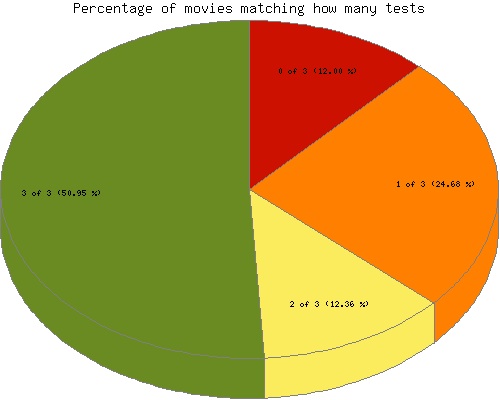Emma M.H. sent us a commercial for Cougar Life, a dating site that promotes itself as a place to meet older (but still sexy!) women interested in dating younger men. Despite the name, the site actually welcomes women of all ages. When you go to the website, you specify whether you’re looking for a “cub” (women aged 18-35) or a “cougar” (aged 35-65). Similarly, Emma was struck by how young the women in the ad look:
So though the company brands itself as a site about cougars — which would imply an emphasis on middle-aged and older women — here it markets itself almost entirely with women who would fall into no more than into the “cub” category or the very lowest end of 35-65 age range that defines cougars on the site, while the song declares they’re “all cougars.” It’s possible the company thought that women who look older than 40 would be unacceptable even to potential customers of a dating website specifically promising the ability to meet such women. But it also seems like the term “cougar” is being used to apply to a wider array of women than when it first entered pop culture — not just older women who date younger men, but practically any woman past her early 20s who has a voracious sexual appetite. Cougar Life draws on this, assuring us it was recently voted the “wildest dating service in America.” The defining feature may be less age than the idea that a woman is not just sexually available, but almost predatory in her search for sex — that is, that she seeks sex in a way we generally find acceptable only for men.
UPDATE: Reader Anna caught a mistake I made. The “cub” category was for the men seeking women on the site, not for younger women. She explains,
If you look at the site carefully, the “cubs” category means men the ages of 18-35, not women of these ages. Choose “looking for a cub” and the pictures are all male, and that term is often used for the younger male partner of an older women. The only women “available” on the site are 36 years old and over, so the site in effect bans both middle aged men and young-ish women from participating.
Thanks, Anna!

